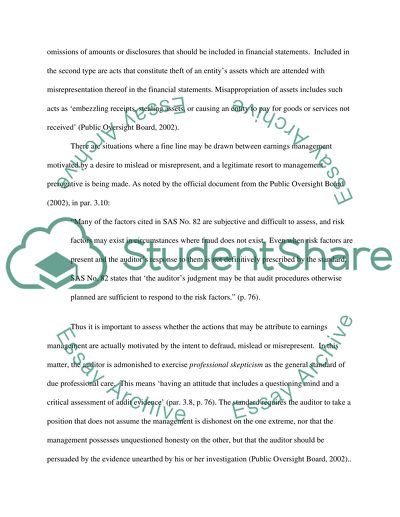Cite this document
(“The Construct Surrounding Earnings Management Research Paper”, n.d.)
The Construct Surrounding Earnings Management Research Paper. Retrieved from https://studentshare.org/finance-accounting/1467904-the-construct-surrounding-earnings-management
The Construct Surrounding Earnings Management Research Paper. Retrieved from https://studentshare.org/finance-accounting/1467904-the-construct-surrounding-earnings-management
(The Construct Surrounding Earnings Management Research Paper)
The Construct Surrounding Earnings Management Research Paper. https://studentshare.org/finance-accounting/1467904-the-construct-surrounding-earnings-management.
The Construct Surrounding Earnings Management Research Paper. https://studentshare.org/finance-accounting/1467904-the-construct-surrounding-earnings-management.
“The Construct Surrounding Earnings Management Research Paper”, n.d. https://studentshare.org/finance-accounting/1467904-the-construct-surrounding-earnings-management.


